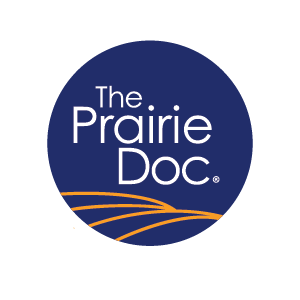Colon Cancer Screening is Important

Colon cancer is the second leading cause of cancer-related deaths in men and women. The lifetime risk of developing colon cancer is 1 in 24 for men and 1 in 26 for women. Early detection and treatment are instrumental at improving survival rates, and regular screening decreases the risk of colon cancer in the first place.
Colonoscopy remains the gold standard for colon cancer screening. While detecting cancer early on is important for survival from any cancer, detecting and removing precancerous polyps during a colonoscopy before they develop into cancer is the main reason regular screenings with colonoscopy have been found to reduce colon cancer rates.
During a colonoscopy, with a patient asleep or sedated under anesthesia, a long flexible scope with a light and a camera is used to look throughout the large intestine, the colon, for any polyps or abnormalities. Those polyps can be removed with a forceps or a loop at the time they are detected. Afterwards, patients are monitored, wake up, have something to eat, and are ready to proceed about their day.
Thankfully, a large majority of patients do not have any complications from colonoscopy. The complication rate depends on age and risk factors and the reason for the procedure. The overall rate is approximately 0.5%. The most serious complication risk, a perforation or tear in the colon, is about 1 in 1,000.
Of course, oftentimes the worst part of undergoing a colonoscopy is the preparation beforehand; getting cleaned out. This is important so the physician performing the procedure has a good, thorough look everywhere in the colon. While cumbersome, with new strategies for doing the prep, many people find this process less awful than they used to.
Stool tests have been an easier, cheap, non-invasive method for colon cancer screening for many years. Often these tests look for blood in your stool. The latest, more expensive option, Cologuard, checks for blood and DNA abnormalities, and is the most successful of the stool tests at detecting colon cancer, at 94%. However, it is only about 43% effective at detecting advanced adenomas, those precancerous polyps that are already getting larger and closer to becoming cancer. This limits the test’s potential at preventing cancer.
The Cologuard test should not be used for people with risk factors such as a history of colon polyps or a family history of colon cancer. A positive test result should be followed up by a colonoscopy.
The FDA recently approved a new blood test for colon cancer screening. However, it only detected 83% of colon cancers, and only 13% of precancerous advanced adenomas. With this poor detection rate, out of 100 people with cancer, the blood test would falsely tell 17 people that they did not have cancer, and it would miss most precancerous polyps.
Ever since the Affordable Care Act in 2010, insurance companies have been required to cover colon cancer screening tests. This is because early detection not only saves lives but also saves money.
Each method has its own pros and cons, so please talk with your doctor regarding which screening method makes the most sense for you. In the end, “the best colon cancer screening method is the one that gets done.”
Andrew Ellsworth, MD. is part of The Prairie Doc® team of physicians and currently practices family medicine at Avera Medical Group in Brookings, South Dakota. Follow The Prairie Doc® at www.prairiedoc.org, Facebook, Instagram, Youtube and Threads. Prairie Doc Programming includes On Call with the Prairie Doc®, a medical Q&A show (most Thursdays at 7pm streaming on Facebook), 2 podcasts, and a Radio program, providing health information based on science, built on trust.







